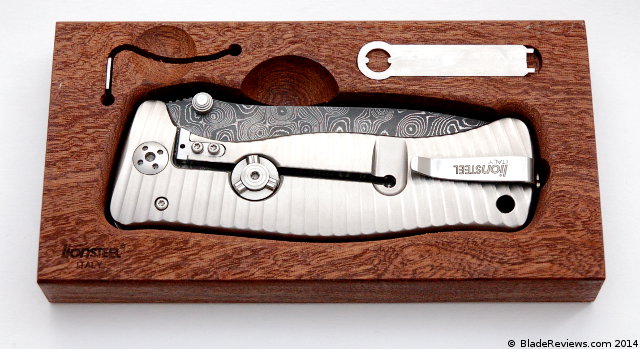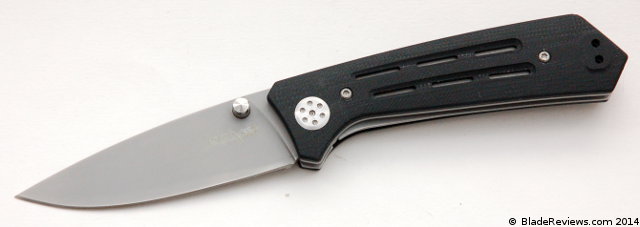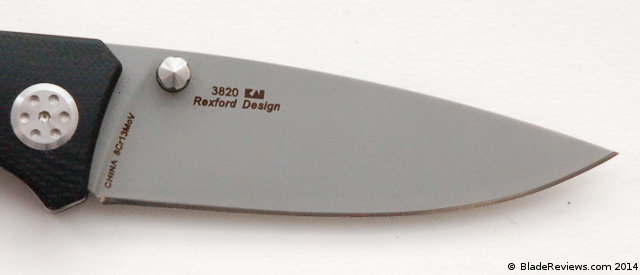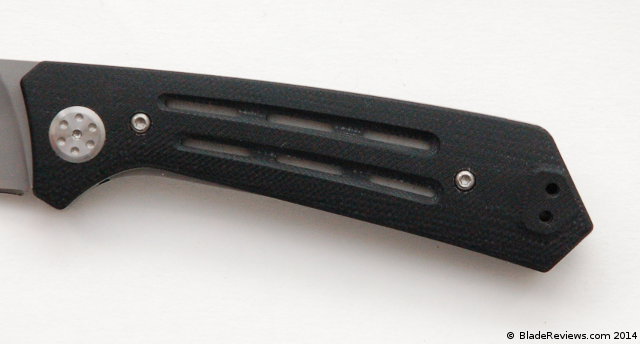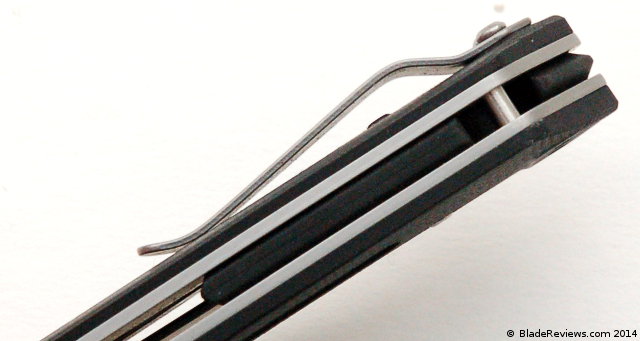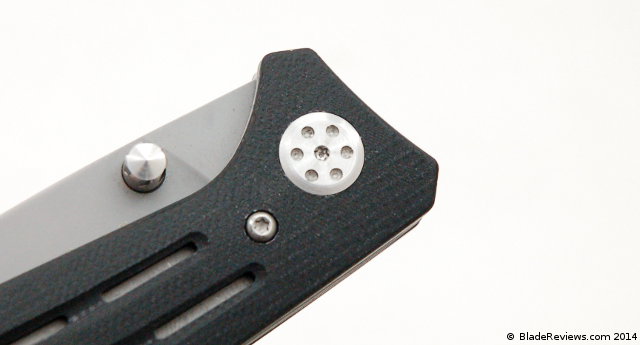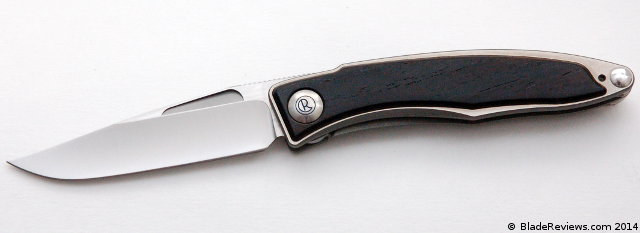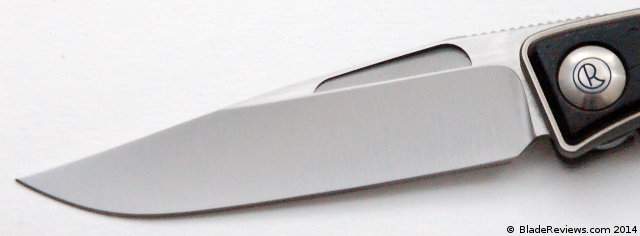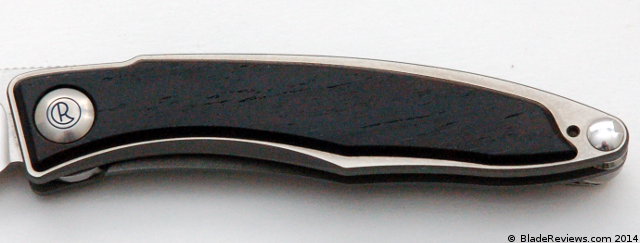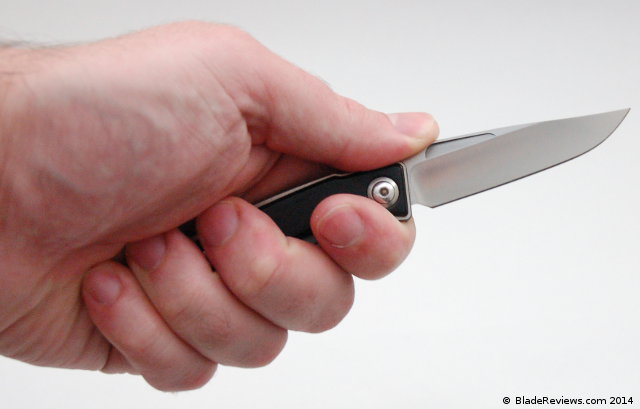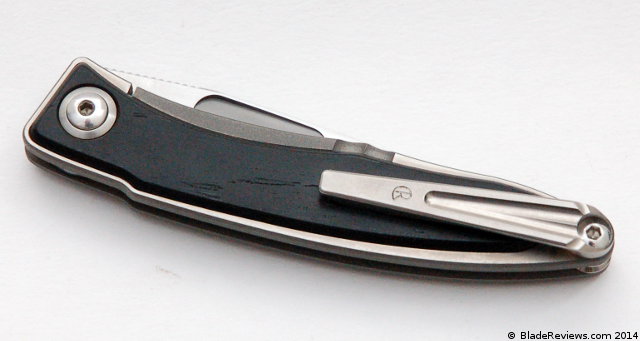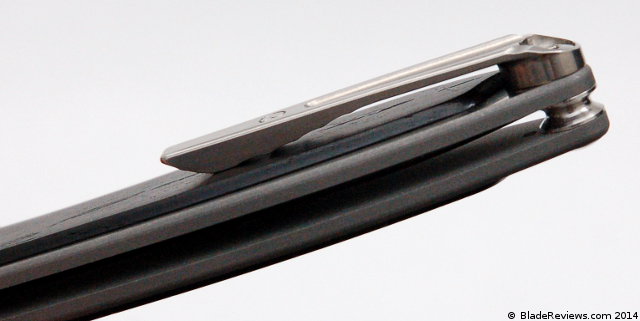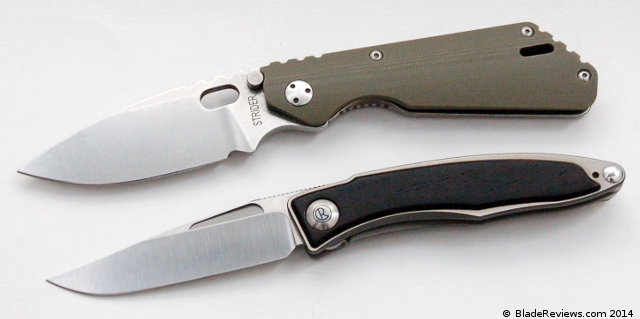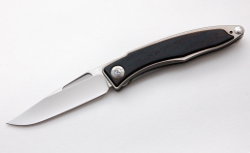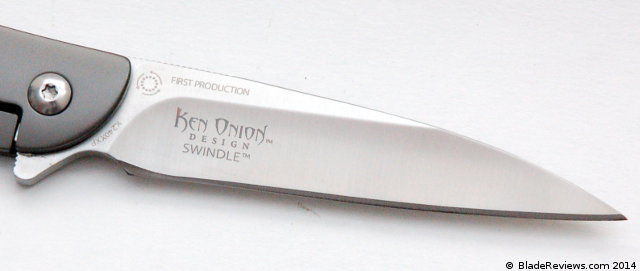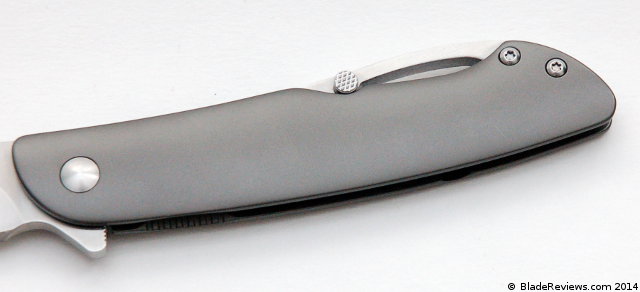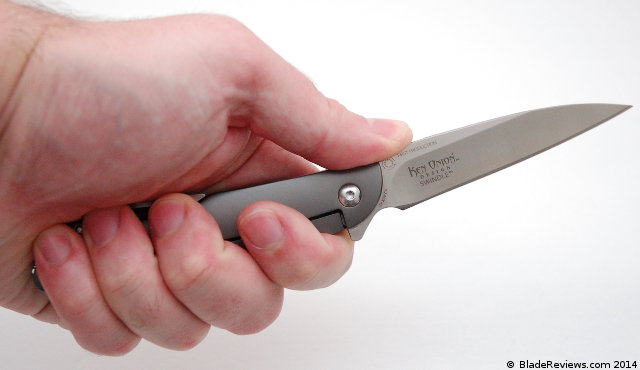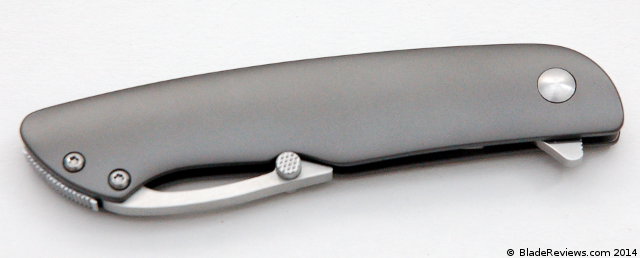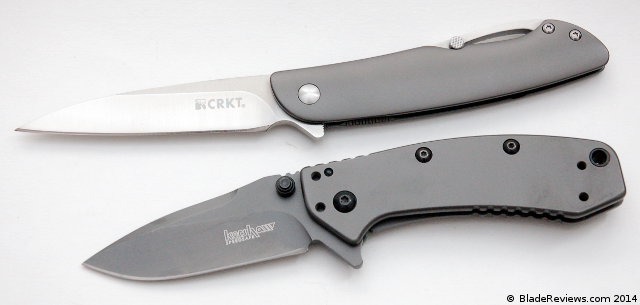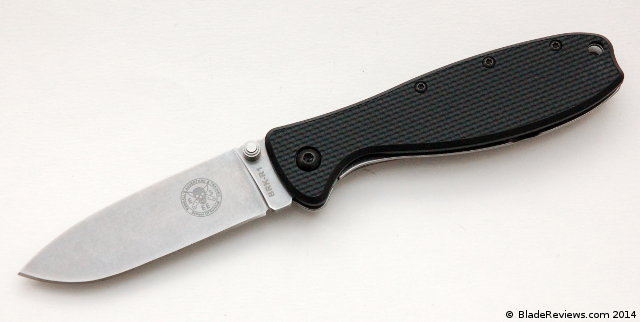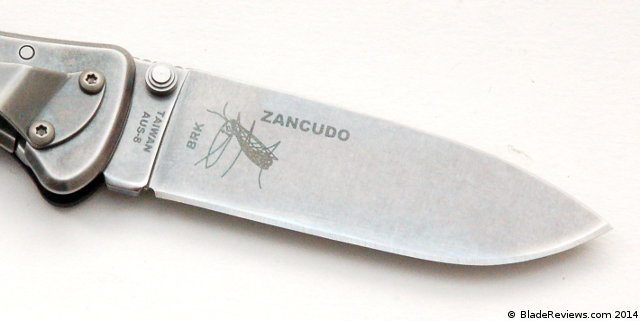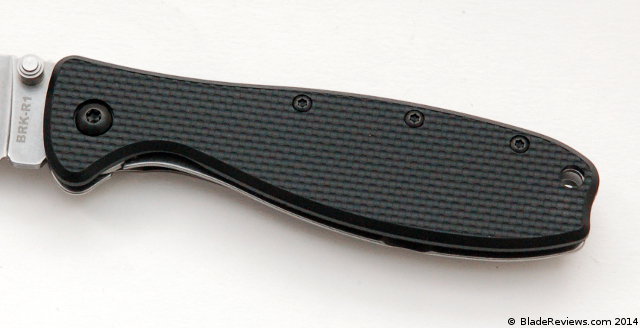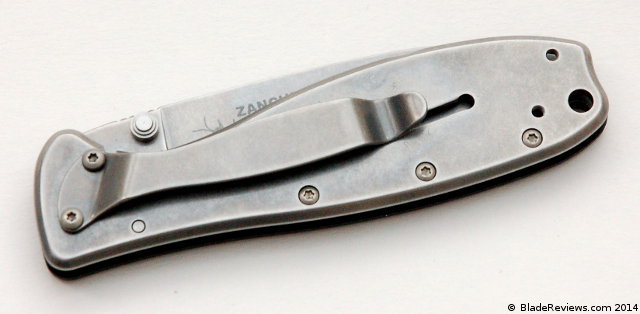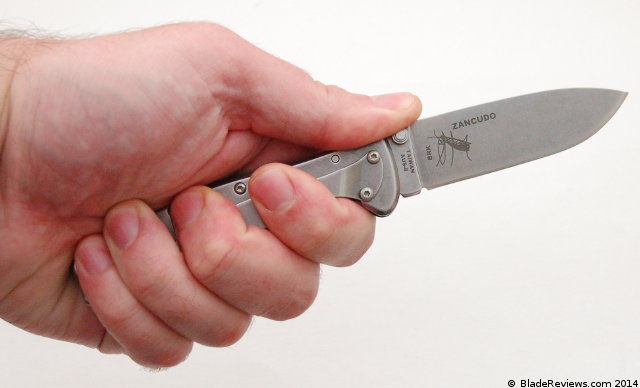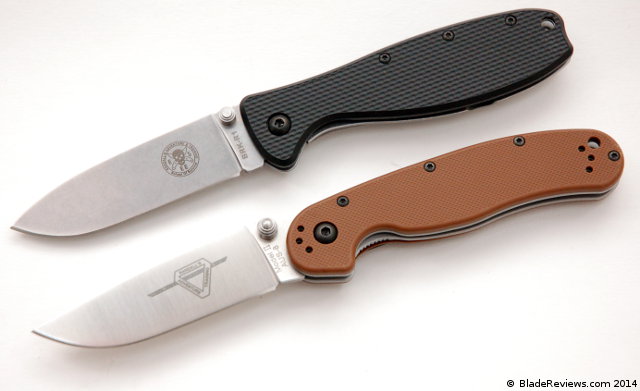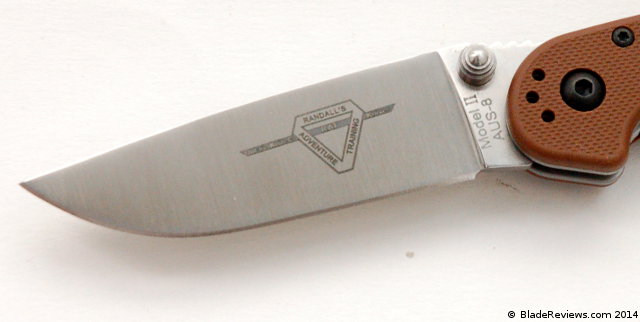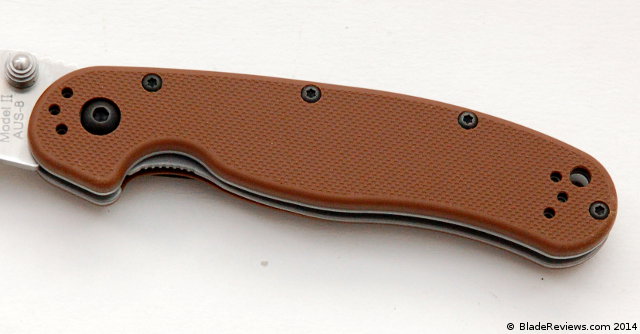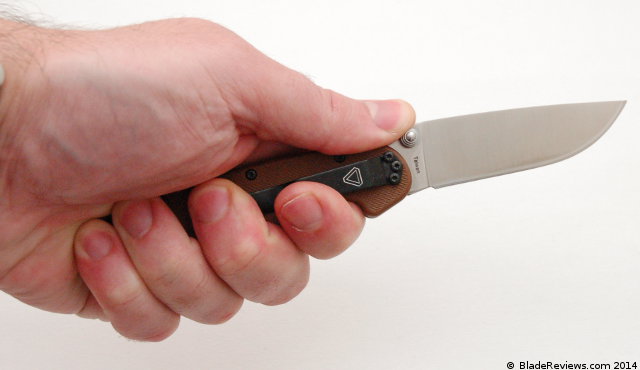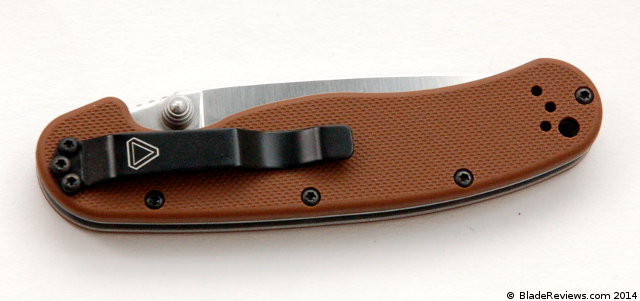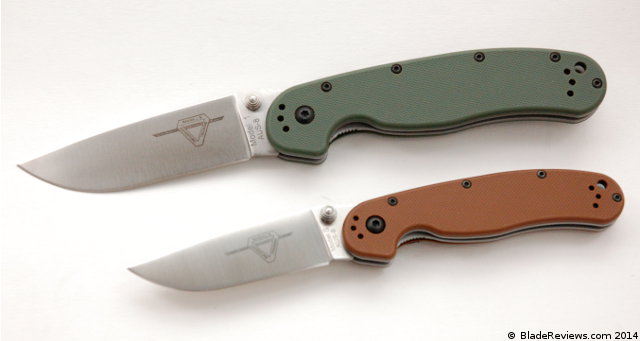Last Updated: July 28, 2019
A topic knife nuts love to ponder is the age old question of “is it worth it?” This question is probably as old as knife ownership is itself. I imagine that first cave man who showed off his fancy new blade hewn from obsidian rather than the typical rock was met with his fair share of detractors (I am not sure if they used the term “haters” back in 6000 BCE). Whether an expensive knife is “worth it” in comparison to its cheaper counterparts continues to amuse us to this day, and a great example of a knife that gets the brunt of that question is the Chris Reeve Sebenza.
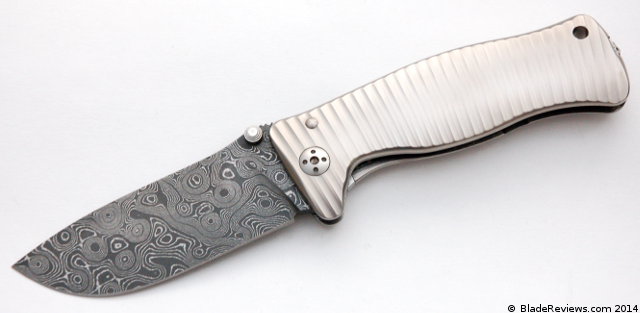
Buy the Lionsteel SR-1 at BladeHQ
No products found.
It doesn’t take long into seeking out info on the Sebenza before you stumble across a forum post, YouTube video, or even the comments section of your favorite knife review website to see folks passionately argue the merits of Sebenza and its $400.00 price tag. Opinions run the gamut from the Sebenza not being worth $100, let alone $400, to being the holy grail of blades and easily justified at any cost. I don’t agree with either of those extremes, but I think there is plenty of room in the middle to make valid arguments for and against the “value” of the knife, so I try my best to stay out of it. (If you absolutely must know, personally, I own and enjoy several CRKs and have concluded that they are worth it to me to have in my collection. Part of how I justify the cost is that if some day I woke up and didn’t like the knife, I could sell it and recover 90% of my money. Anyhow, I digress…). My point with all of this is that a lot of people seem obsessed with value and getting more for their money. Especially when it comes to high end production knives.
Enter the Lionsteel SR-1. I’ve drooled over this knife ever since it made it’s debut in 2010 with its dramatic blade shape, imposing sculpted handle, and top shelf materials. I felt like this was a knife truly befitting of a king and the fact that a company called Lionsteel was making it made perfect sense. But what really did it for me was the fact that this is an “integral”. By that I mean the handle has been carved from a single chunk of glorious 6A14V titanium. Here we have a knife that has truly done something different from a construction perspective. There should be no doubt in anyone’s mind that certainly we are getting *something* more for our money with the SR-1. So with that out of the way I intend to explore the merits of this blade…
General Dimensions and Blade Details
The SR-1 has an overall length of 8.3″, has a 3.7″ blade, and weighs 6.8 ounces. This is a sizable knife. Definitely larger than my average EDC, and is not something I am really prepared to carry on any kind of a regular basis. I consider it a collectable more than anything, but it certainly has been made for carry and use, and I am sure plenty of people do carry theirs regularly. Lionsteel has recently offered a mini version of the SR-1, the SR-2, and that may be a better bet for my style of EDC. That said, there is nothing wrong with buying this knife purely for collectable purposes – especially if you opt for the sweet version with a damascus steel blade like I have. What you are looking at is the SR-1 in Chad Nichols raindrop damascus. I’m not a huge damascus guy, but I thought this one was pretty cool.
The blade shape on this knife is a typical drop point. What I always liked about this knife was the ridiculously wide blade and the deep belly. Not for any practical reasons, mostly because it looks impressive and is unlike anything else in my collection. Blade stock is generous at .18″/ 4.5mm thick. The spine is capped (rounded over) while the high flat grind terminates in a durable, but plenty capable, edge. This isn’t a particularly awesome slicer, but it will hold up under harder use and can certainly cut stuff.
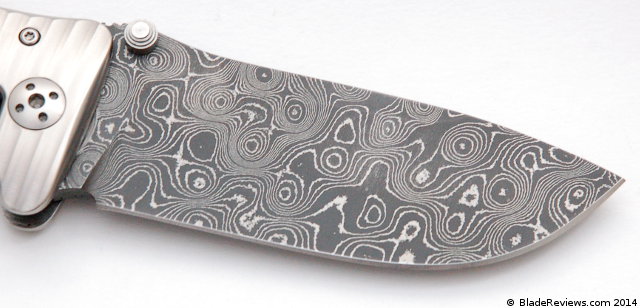
Like I mentioned before, this particular knife comes in Chad Nichols damascus, but if you were to buy a regular one off the shelf it will likely come in either D2 (for the aluminum handled version) or Sleipner steel (for the titanium handled version). Sleipner is manufactured by Bohler Uddeholm and from the limited research I did it is supposed to share some similarities to D2, in that it is a tough tool steel, semi-stainless, and capable of being heat treated to a high hardness, but it is supposed to be more resistant to chipping. Bohler put together a handy data sheet for those looking for more technical information on the steel. Because I haven’t personally used it, I have no real comments on it at this time.
Handle, Ergonomics, and Pocket Clip
The handle of the SR-1 is what really steals the show. 3-D machined from a single block of titanium or aluminum (the SR-1A), this handle is as beautiful as it is technically impressive. A monolithic handle like this is commonly referred to as an “integral” these days, but there is nothing common about this handle. I’ve examined my fair share of high end knives, including custom pieces, but holy shit is this thing is cool. And the fit and finish on this handle is really nice too. The exterior has been given an attractive grooved pattern, while inside the handle has been cleanly excavated to accommodate the blade. Adding to the interest, Lionsteel offers the SR-1 anodized in a rainbow of different colors. Simply put, this handle is spectacular.
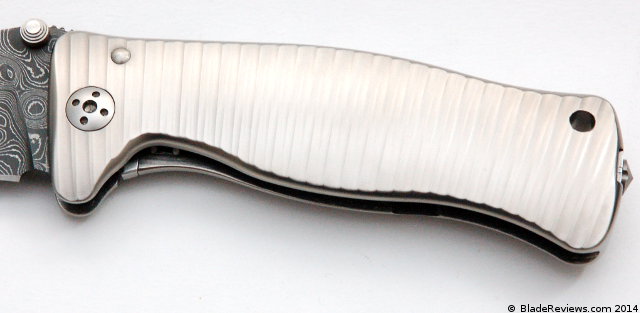
Adding to my love of the SR-1’s handle is how nice and comfy it is. Lionsteel did an excellent job softening all of the edges and the SR-1 just melts in place. Next to the actual handle construction, I was most impressed by how good this handle felt. It’s a large knife so there is plenty of room, and the chamfering they have done is just superb.
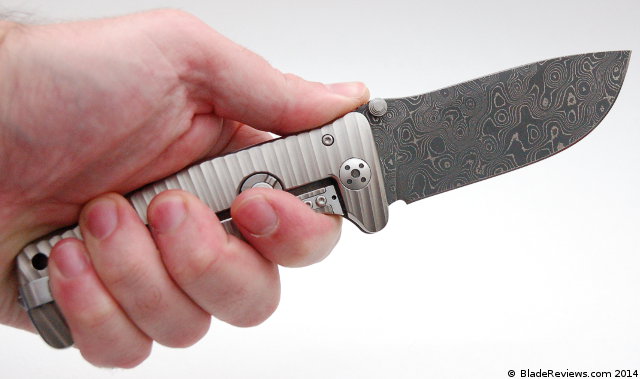
The pocket clips is another well-implemented and elegant feature of the knife. I have to hand it to the Italian’s, they really now how to design beautiful stuff (and I’m not just saying that because my last name ends in a vowel). The clip is a deep carry design mounted on the pommel. It is reversible with a single screw. In practice the SR-1 carries discretely and decently for its size. I like the look of the deep carry clip, and the fact that this design does not put a lot of unnecessary holes in the beautiful titanium frame.
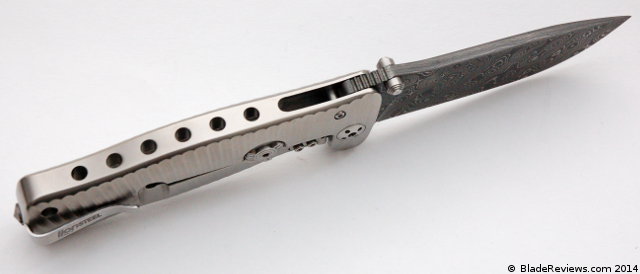
Deployment and Lockup
The SR-1 takes advantage of a pair of ambidextrous thumb studs for deployment. They are mounted for easy access with the thumb, and the blade rides on teflon washers. I’m not a huge fan of teflon washers because they don’t deploy particularly fast, but they are still found in some high end knives and I guess I’ll just have to learn to deal with that. Deployment isn’t particularly fast and I was unable to ever flick the blade open with my thumb, but it’s smooth and purposeful, which is pretty much what I’ve grown to expect with teflon washers.
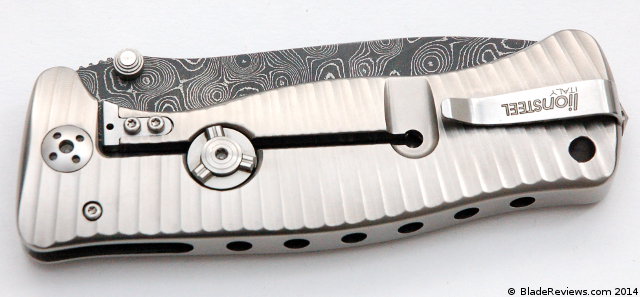
On the other hand, lockup on the SR-1 is nothing short of glorious. You have a thick titanium lock bar with a steel insert, and when the blade opens up the lock bar falls into place with a really satisfying snap. Engagement is early and extremely secure. The fact that the handle is cut from a single piece of titanium makes for a very rigid frame, and I didn’t even notice a suggestion of blade play. I will say that my blade is ever so slightly off center, and I was not able to tune that out with the supplied pivot tool. This is a slight let down, but I guess there are some limitations with the integral design.
I also need to briefly note the rotoblock (which is the big round thing in the middle of the lock bar cut out). Much like the DPx Hest 2.0 I reviewed a couple years ago, the SR-1 comes with Lionsteel’s rotoblock, which doubles as lockbar stabilizer (preventing you from over-extending the lock bar when disengaging it) and as a secondary locking mechanism. The way it works is that you torque it down to lock the knife open or closed. A common criticism with the rotoblock is that it can come loose and put you in a position where the knife accidentally gets locked open or closed. The rotoblock on my SR-1 is very stiff, so maybe Lionsteel has completely addressed that issue. Personally, I see the secondary locking mechanism as a novelty at best, and a nuisance at worst, but I do like having some sort of lock bar stabilizer.
One final aspect of the knife worth mentioning is the packaging. Each SR-1 comes nestled in its own wood display case. It’s a cool feature and I have yet to see a knife come packaged like this. I know the box is the least important thing about a knife, but when you are already paying $400.00, it’s cool to see that Lionsteel went the extra mile to do something besides your typical cardboard crate.
Lionsteel SR-1 Review – Final Thoughts
The SR-1 is a hell of a knife. I know it’s expensive, and that is part of the reason why it took me so long to acquire one, but it’s different, and generally very well done. And I guess if you really cared about the price you could go for the less expensive aluminum handled version, the SR-1A, which sells for less than $200.00. I ran into a couple minor issues (slow action with the teflon washers, a slightly off center blade), but by and large this is a masterpiece and a tremendous accomplishment for a production knife. In this day in age it’s easy to argue that a lot of high end production knives aren’t worth the premium in price because they aren’t much different from their cheaper counterparts, but here the SR-1 really does deliver something different. The mono-block handle is just super duper cool and everything else has been really well done.
It isn’t the most practical knife in my collection, but if you have the dough and the desire, I definitely recommend checking it out. Because I favor smaller sleeker knives for daily use I definitely see myself acquiring a TiSpine in the not so distant future. Hopefully it doesn’t take 4 years for me to pull the trigger on that one.
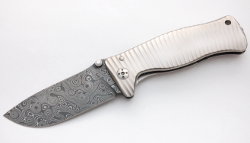
Lionsteel SR-1 – From $379.00
From: BladeHQ
No products found.
I recommend purchasing the SR-1 at BladeHQ or Amazon. Please consider that purchasing anything through any of the links on this website helps support BladeReviews.com, and keeps the site going. As always, any and all support is greatly appreciated. Thank you very much.
